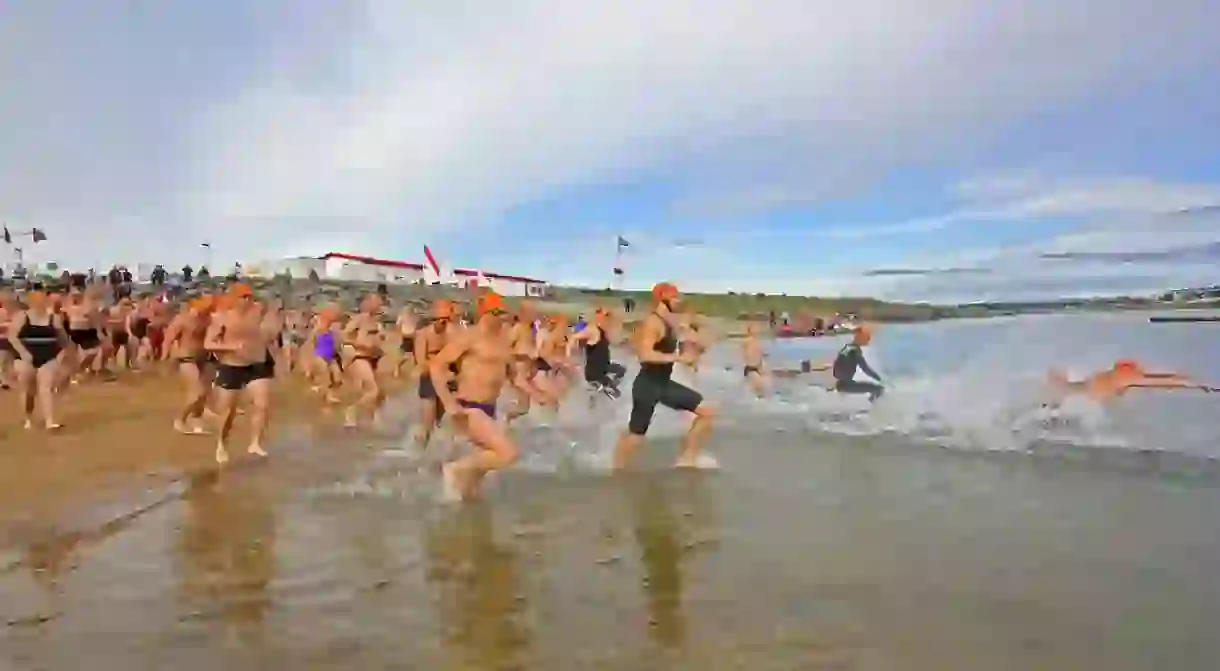New Geothermal Beach Is Set to Open in a Reykjavik Suburb

The mid-Atlantic ridge is an underwater mountain chain that circles the earth and rises above sea level in Iceland, making it a hot spot of volcanic and hence, geothermal activity, that the island is so well-known for being. Because of this geothermal activity, the island has numerous naturally heated hot pools dotting the landscape.

Sometimes, those hot pools can be found close to the beach. In Reykjavik, this has created a popular beach area that makes the ocean water comfortable enough to swim in. Reykjavík currently has only one geothermal beach at Nauthólsvík, although the hot water is from a geothermal power station that is pumped into a man-made lagoon. Nauthólsvík originally opened in 2001 and now attracts about 530,000 guests each year. When the beach was created, a lagoon with large sea walls was constructed so that cold seawater and hot geothermal water could fuse together to create comfortable swimming temperatures.
The Reykjavík city council agreed earlier this year to put into action the creation of two new geothermal beaches in Reykjavik’s suburbs. The new beaches are being planned in a park in Gufunes and Skarfaklettur near the industrial harbor to be ready for the public by October 2018. The development of the beaches is part of a growing trend in the area towards more cultural and touristic activities such as the establishment of a film studio and the construction of new apartment buildings.

The objective of the geothermal beach is to create a diverse recreational area for sunbathing, sailing and sea-swimming. The plan for the new geothermal beaches is for them to be similarly constructed as Nauthólsvík with hot tubs, steam baths, changing facilities, and showers. These facilities are especially helpful for sea-swimmers, which is becoming a more and more popular sport with an interesting history in Iceland. The oldest recorded sea-swimmer goes back to 1030 AD, when a settler swam from Iceland’s North Coast to Drangey island, a distance of about seven kilometers.













